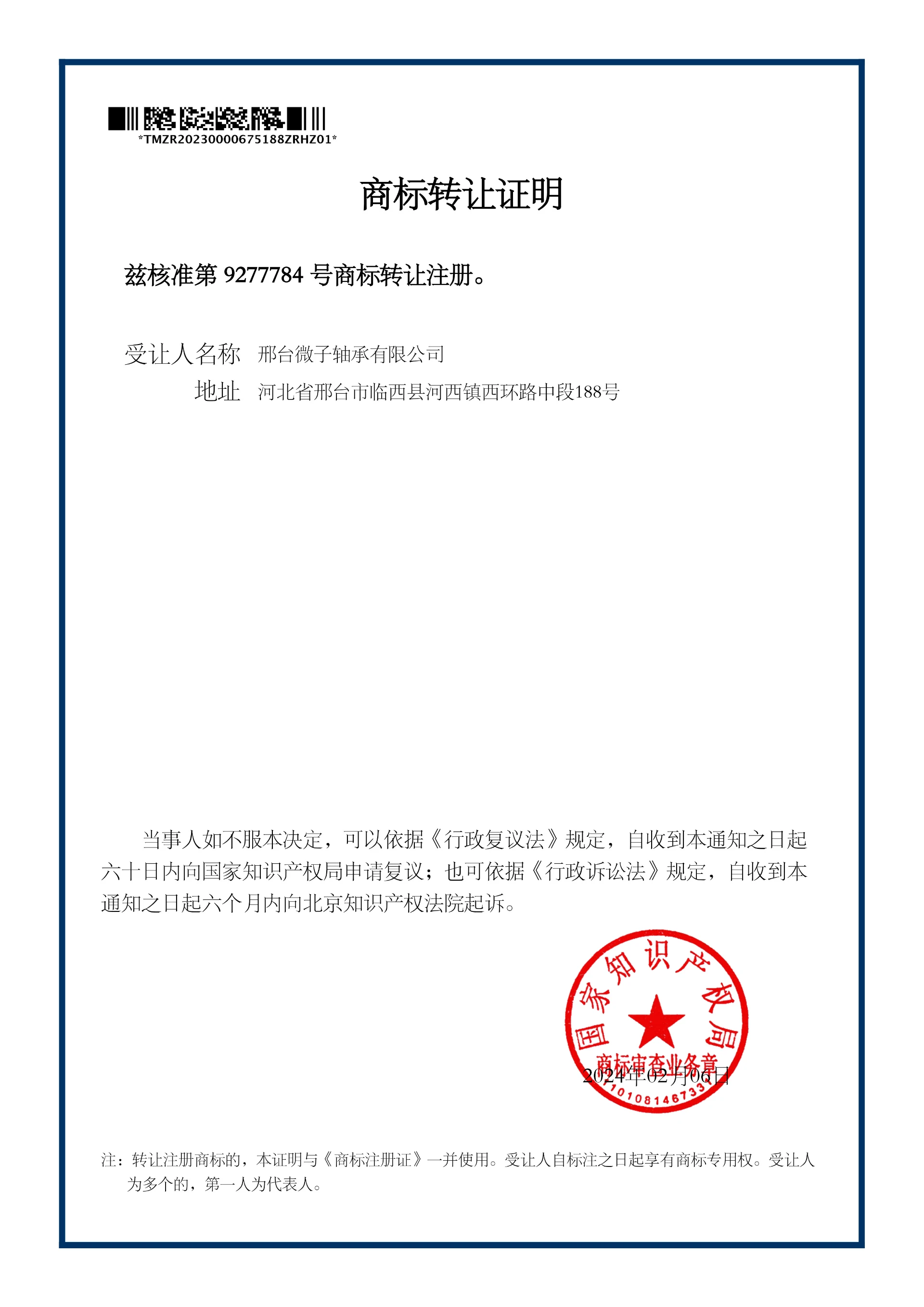
Sep . 03, 2024 00:33 Back to list
Angular Contact Ball Bearing Installation Guide
Installation of Angular Contact Ball Bearings A Comprehensive Guide
Angular contact ball bearings are specialized bearings designed to accommodate both radial and axial loads. Their unique design allows for higher speed capabilities and superior stability, making them suitable for a variety of applications, from electric motors to machine tool spindles. This article provides a detailed overview of the installation process of angular contact ball bearings, ensuring optimal performance and longevity.
1. Preparation Before Installation
Before starting the installation, it's essential to gather the necessary tools and materials. This typically includes a clean workspace, bearing puller, bearing press, appropriate lubricants, and seals. Additionally, ensure you're wearing clean gloves to prevent contaminating the bearing surfaces with oils and debris from your hands.
2. Inspecting the Bearings
Before installation, inspect the bearings for any visible damage, such as nicks, dents, or corrosion. Pay particular attention to the raceways and balls, as any imperfection can significantly reduce bearing performance. Ensure that the bearings are the correct size for your application—using the wrong size can lead to improper load distribution and premature failure.
3. Preparing the Housing and Shaft
Clean the housing and shaft thoroughly to remove any dirt, dust, or old lubricant. Any contamination can compromise the bearing's performance. Measure the tolerances of the housing and shaft to ensure they conform to the manufacturer's specifications. If necessary, use a honing tool to achieve the correct dimensions.
angular contact ball bearing installation

Angular contact ball bearings often require a specific preload, which is the initial compressive load applied to the bearing. Preloading is crucial for enhancing stiffness and minimizing the chance of skidding under load. Check the manufacturer’s guidelines to determine the appropriate preload for your application.
5. Installing the Bearings
When installing the bearings, ensure that they are positioned correctly to handle axial loads in the intended direction. For angular contact bearings, the orientation is crucial; typically, one bearing faces outward while the other faces inward. Use a bearing press to gently push the bearing onto the shaft and into the housing. Avoid using excessive force, as it can damage the bearing.
6. Lubrication
Apply the appropriate lubricant to the bearings once they are installed. The choice of lubricant—grease or oil—depends on the application and the operating conditions. Follow the manufacturer's recommendations for lubrication type and quantity to ensure optimal performance.
7. Final Checks
After installation, conduct a thorough check to confirm that everything is aligned correctly. Rotate the shaft by hand to ensure smooth operation without any binding or excessive resistance.
In conclusion, the installation of angular contact ball bearings requires careful preparation, proper technique, and adherence to manufacturer specifications. By following these guidelines, you can ensure a successful installation that maximizes the performance and service life of the bearings, thereby enhancing the overall efficiency of your equipment.
Latest news
-
Common Failures in Thrust Ball Bearings and Solutions
NewsAug.22,2025
-
How Tapered Roller Bearings Can Take Shock Loads
NewsAug.22,2025
-
Angular Bearings in High-Precision Spindles
NewsAug.22,2025
-
The Impact of Misalignment on Cylindrical Roller Bearing Performance
NewsAug.22,2025
-
The Role of Cage Design in Deep Groove Ball Bearing Durability
NewsAug.22,2025
-
The Impact of Material Quality on Machinery Bearings’ Lifespan
NewsAug.22,2025
